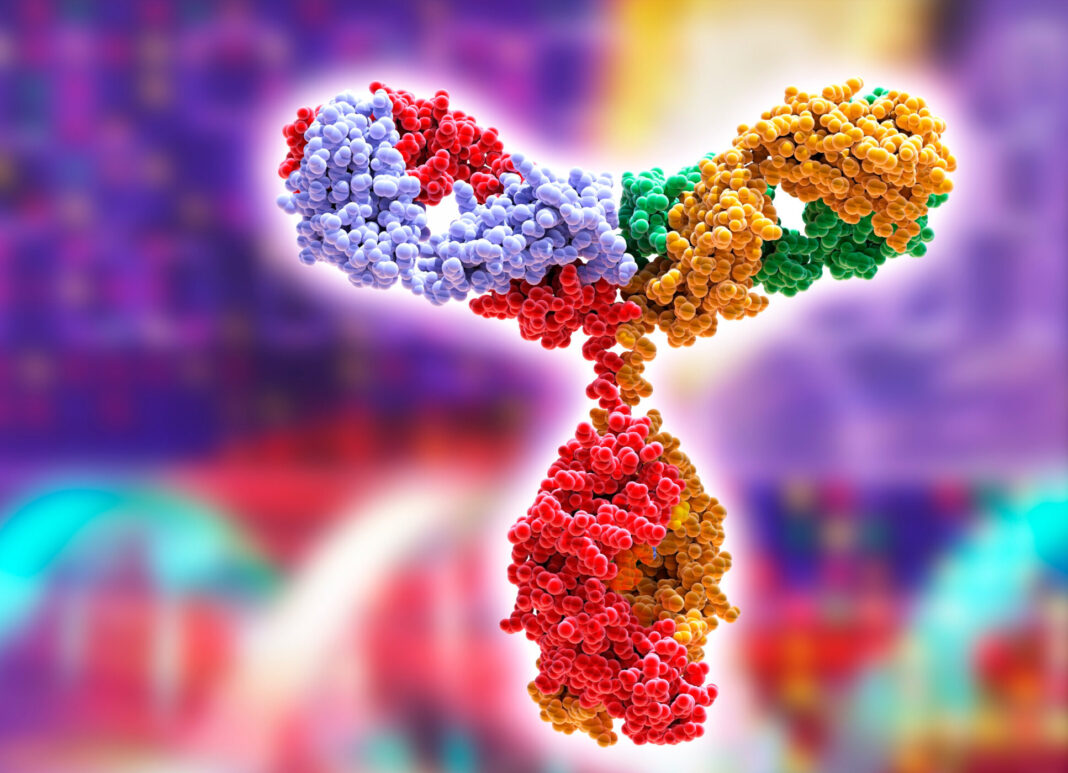For therapies based on monoclonal antibodies (mAbs), bioprocessors continually search for ways to improve the development process. Machine learning (ML) offers one useful tool. As Mariano Nicolas Cruz Bournazou, PhD, chair of bioprocess engineering at the Technische Universität Berlin, and his colleagues recently put it: “It is essential to increase the number of autonomous agents [in] bioprocess development for biopharma innovation to shorten time and resource utilization in the path from product to process.”
In particular, Bournazou’s team noted that “the integration of machine learning tools for experiment design and operation in these systems remains underdeveloped.” To advance the optimization of mAb development, these scientists combined a Bayesian algorithm, a digital twin of mAbs cultivation, and 24 mini-bioreactor perfusion systems running in parallel. With this system, Bournazou and his colleagues could quickly run experiments to find the conditions that maximize viable cell volume in the production of mAbs.
These scientists pointed out several valuable capabilities of this system: using existing knowledge of the process; learning as an experiment is underway; incorporating information from related processes; predicting near-term events; and automatically running all of the parallel setups.
Then, Bournazou’s team ran a series of use cases to test the performance of this approach. From the results, they explained that this method is useful in developing the conditions for producing mAbs, even when running that production at commercial scale. Although the system provides valuable benefits for today’s bioprocessing industry, it could be even more useful in the near future.
As Bournazou and his colleagues concluded: “The current gap between robotic capabilities and the autonomy of the devices needs to be urgently addressed in bioprocess development for the biotechnological and biopharmaceutical industries to match the high expectations set [for] digital biotechnology and bioindustry 5.0.”


